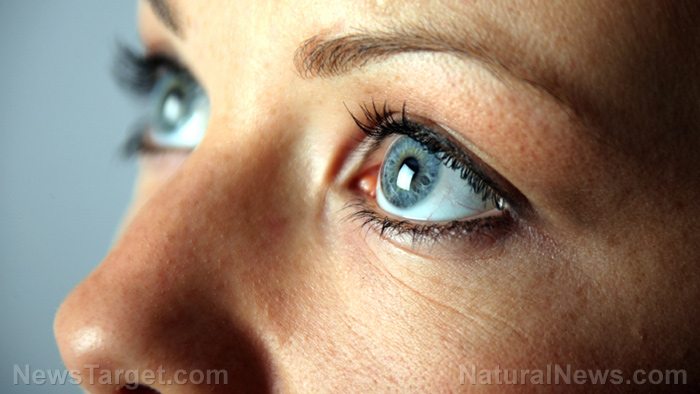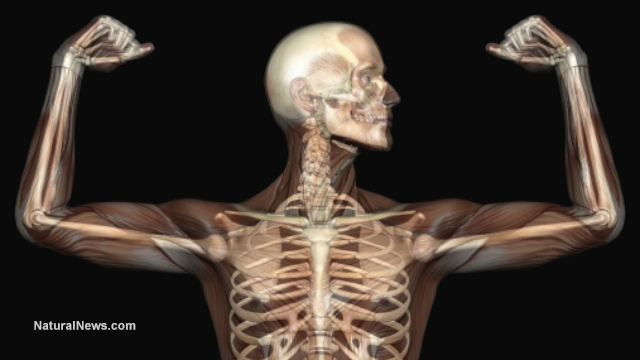Another benefit for nursing moms: Breastfeeding for at least 6 months provides protection against heart disease
03/22/2018 / By Jessica Dolores

Many scientific findings have become controversial because the findings are inconclusive or contradictory. The use of antibiotics is one. So is the effectiveness of substances that promise to make people look and feel young.
However, no one can argue the scientific findings that breastfeeding is always the best.
Nursing moms bounce back from childbirth faster and more easily. That’s because breastfeeding releases the oxytocin hormone that makes the uterus return to its original size faster. Moreover, moms who breastfeed don’t bleed as much after giving birth.
Research shows that nursing moms are less prone to develop breast and ovarian cancer as they age. They’re more protected from Type 2 diabetes, rheumatoid arthritis and heart disease. It can also lead to better birth spacing because breastfeeding delays the return of the menstrual period.
A new study from the American College of Cardiology has more good news for nursing moms, especially those who breastfeed at least six months after pregnancy. Researchers who presented the results of their study at the prestigious medical society’s 67th Annual Scientific Session said that nursing moms with normal blood pressure during pregnancy showed better cardiovascular health than those who didn’t breastfeed.
The study is a first because other researches focused on short-term benefits of breastfeeding. This one links breastfeeding among younger and middle-aged women about 10 years after giving birth.
The lead author, Dr. Malamo Countouris, a cardiology fellow at the University of Pittsburgh states that their study provides another proof that lactation benefits both mother and baby, because nursing moms show improved cholesterol and improved heart health.
The study involved 678 pregnant women recruited from over 52 clinics across Michigan between 1998 and 2004. These women joined a follow-up health assessment seven to 15 years after. They reported the length of time they breastfed after pregnancy. Researchers, for their part, measured the women’s blood pressure, cholesterol, triglycerides, and the width and diameter of their carotid artery.
These markers show the risk of heart disease among those who have not developed its symptoms.
Researchers found out that nursing women were older. Their body mass index was lower, and they were better off financially.
Nursing moms with normal blood pressure levels who breastfed for at least six months had significantly more good cholesterol and less fat or triglycerides. Their carotid thickness is just right.
Breastfeeding 101
For first-time moms, learning how to breastfeed is no walk in the park. So they need an older mom, a nurse or lactation consultant to help them position the baby. The nipple may slip from the baby’s mouth, and he’ll start crying.
Breastfeeding pillows, and using blankets and towels that are carefully folded, will help make you and the baby feel more comfortable.
You can choose from any of these three ways of holding your newborn:
- The Cradle Hold – Put the baby across your tummy. Use one hand to support his head, and the other to prop his bottom.
- The Football Hold – Position your baby beside you, face up, and lengthwise. Put him along your arm and guide his head to your nipple. This might prove uncomfortable for women who gave birth by C-section.
- The Lying-Down Hold – Put the baby to your left side in bed. His mouth must be at the same height or a little lower than your nipples. Using your free hand, bring the baby’s mouth toward your nipple closest to the bed and circle an arm around him.
The baby needs at least seven to eight feeds every 24 hours, especially weeks after he’s born.
Breastfeeding is a responsibility and a pleasure. Enjoy it while you can. Then watch your baby grow, go and glow.
Nothing else can be more rewarding.
Sources include:
Tagged Under: breast cancer, breastfed babies, breastfeeding, heart disease, heart health, mother's milk, Nursing, Ovarian Cancer, pregnancy, triglycerides




















